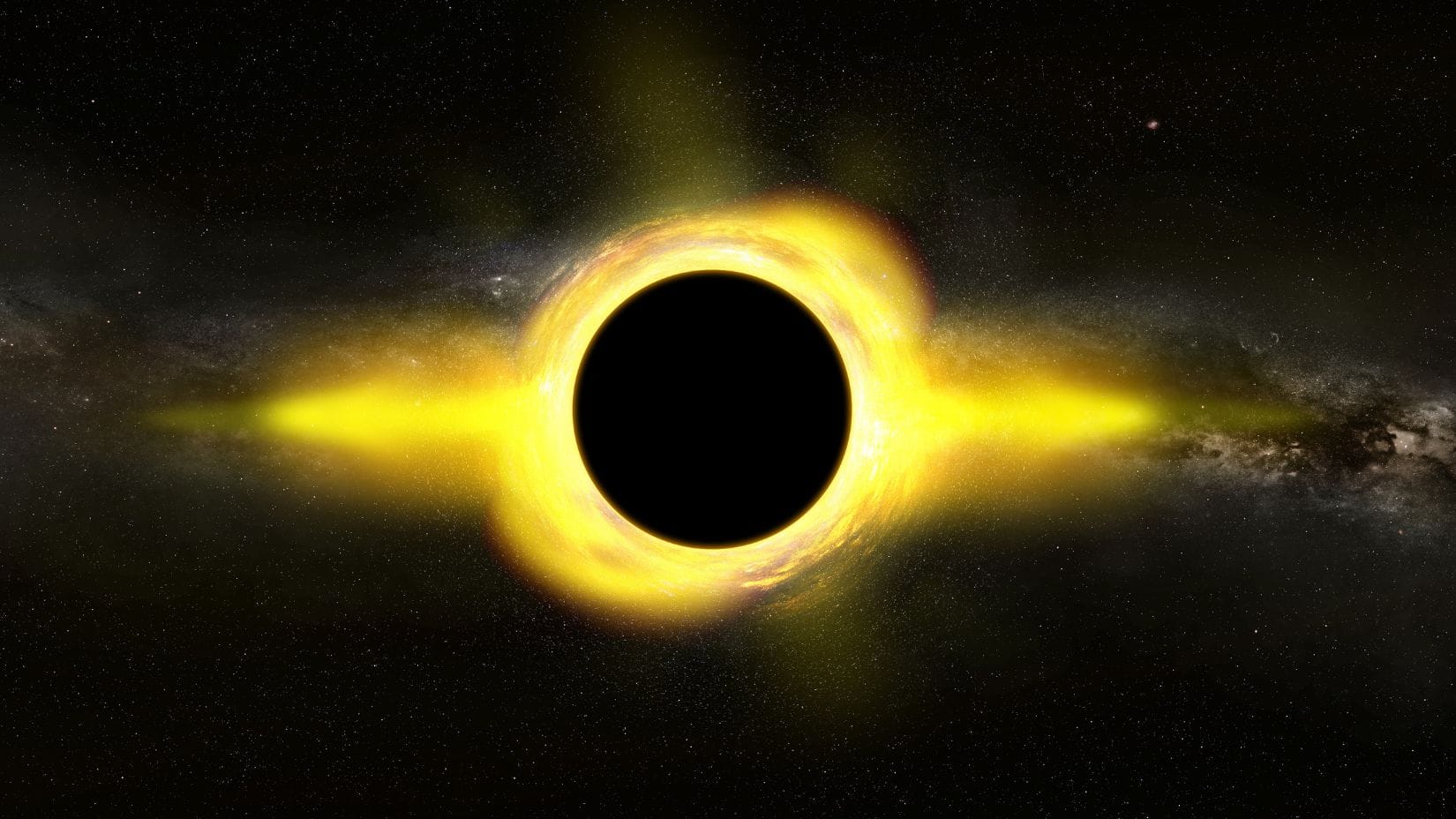
Black holes are among the most fascinating and extreme objects in the universe, places where gravity is so strong that nothing, not even light, can escape once it crosses a boundary called the event horizon. Recent discoveries have brought these cosmic giants into sharper focus, thanks to missions like the European Space Agency’s Gaia spacecraft, which in 2024 identified Gaia BH3, a stellar-mass black hole about 33 times the mass of our Sun, located roughly 1,926 light-years away in the constellation Aquila (ESA, 2024). This find, part of Gaia’s ongoing mapping of over a billion stars, highlights how black holes can hide in plain sight, orbiting normal stars without devouring them immediately. Meanwhile, NASA’s Event Horizon Telescope collaboration released updated images in 2025 of the supermassive black hole at the center of our Milky Way, Sagittarius A*, showing its swirling accretion disk in unprecedented detail, with a mass equivalent to 4 million Suns packed into a region about the size of our solar system’s inner planets (NASA, 2025).
These observations remind us that black holes are not just theoretical curiosities but real entities shaping galaxies. For instance, according to NASA’s black hole overview, they form from the collapsed cores of massive stars or through mergers in dense galactic centers, influencing star formation and galactic evolution over billions of years (NASA, 2024). Yet, despite their power, black holes follow the same gravitational rules as other massive objects—at a safe distance, their pull is no stronger than that of a star with the same mass. This balance of destruction and normalcy makes them perfect for scientific exploration, blending cutting-edge data from telescopes like the James Webb Space Telescope, which in 2025 captured infrared signatures of distant black holes merging just 740 million years after the Big Bang (NASA, 2025).
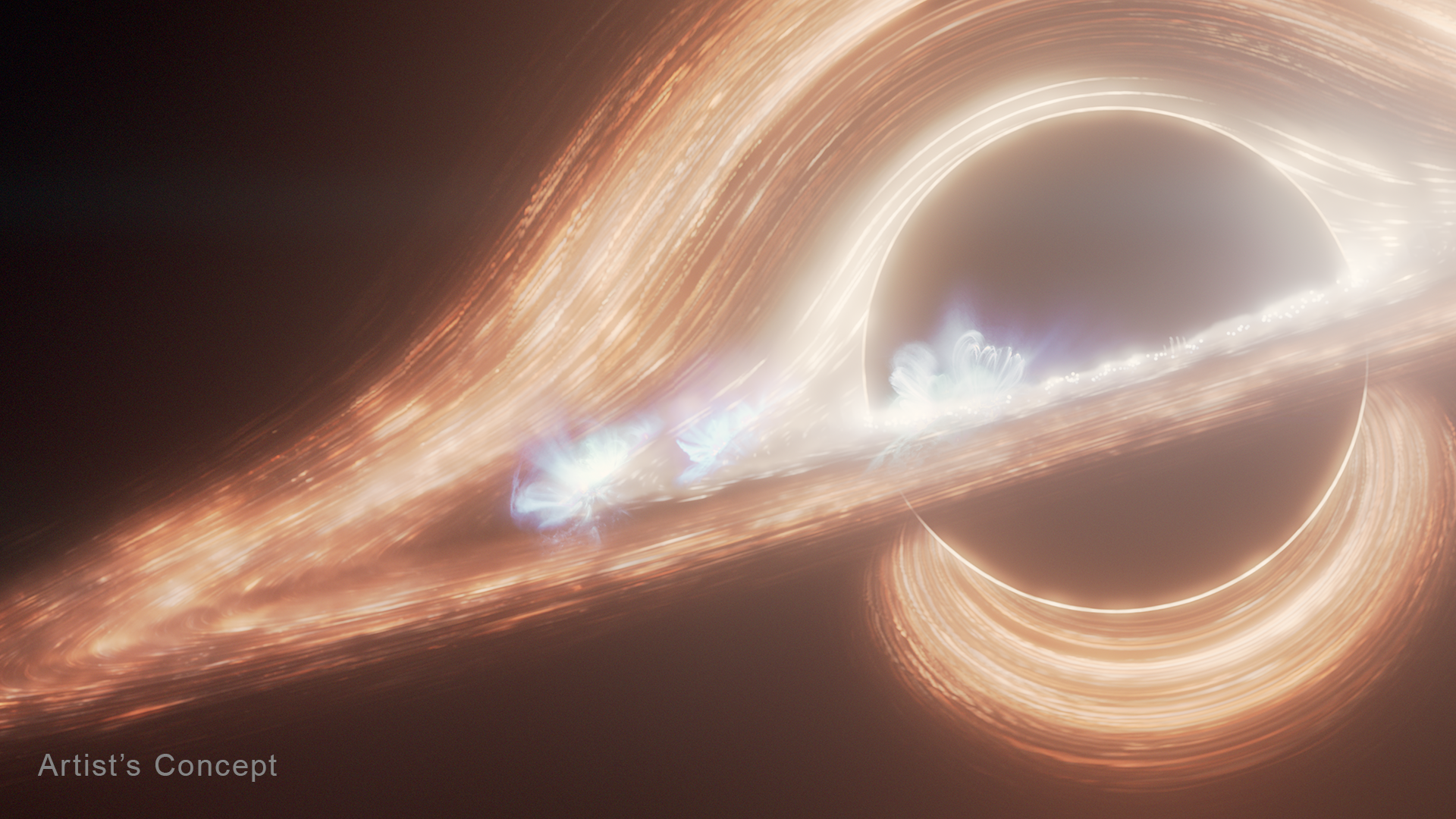
But what if one of these mysterious objects wandered into our own cosmic neighborhood?
What Are Black Holes and How Do They Form?
Black holes are regions of spacetime where gravity pulls so intensely that the escape velocity exceeds the speed of light, about 300,000 kilometers per second (186,000 miles per second). They come in different sizes: stellar-mass black holes, typically 3 to 100 times the Sun’s mass (about 1.989 × 10^30 kilograms), form when massive stars exhaust their nuclear fuel and collapse under their own gravity in a supernova explosion. For example, according to ESA’s Gaia mission findings, stellar black holes like Gaia BH1 result from such stellar deaths, with the core compressing into a singularity—a point of infinite density—surrounded by an event horizon (ESA, 2023). This horizon acts like a one-way membrane, with radii calculated by the Schwarzschild formula: roughly 3 kilometers (1.86 miles) per solar mass, meaning a 10-solar-mass black hole has an event horizon about 30 kilometers (18.6 miles) across.
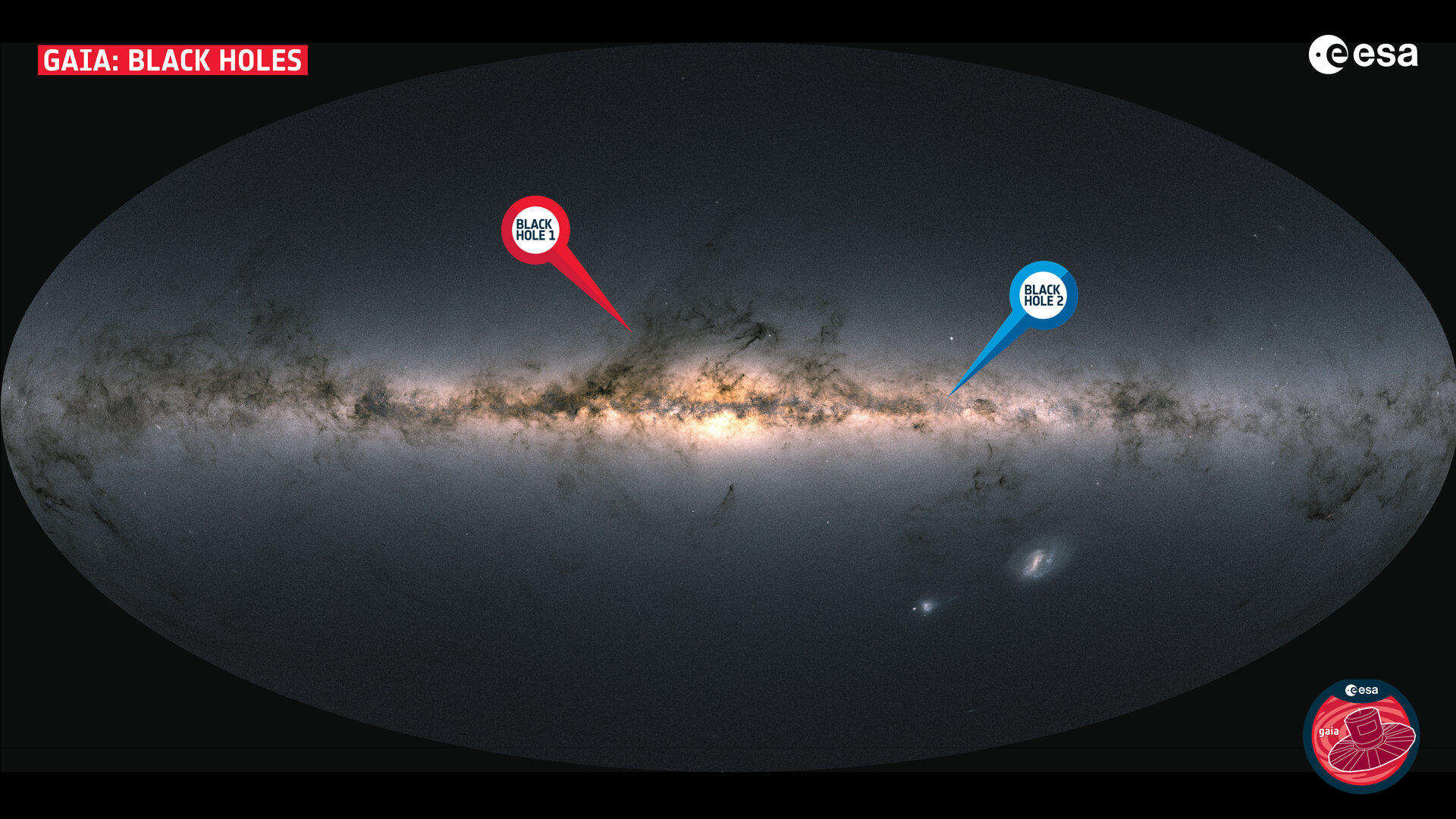
Supermassive black holes, millions to billions of times the Sun’s mass, likely grow from mergers of smaller black holes or rapid accretion of gas in the early universe. A 2024 peer-reviewed study in Science Advances details how these giants, like the one in M87 imaged by the Event Horizon Telescope, accrete matter at rates up to several solar masses per year, emitting jets of particles at near-light speeds (Event Horizon Telescope Collaboration, 2024). Primordial black holes, hypothetical tiny ones formed in the Big Bang’s first moments, could have masses as low as 10^12 kilograms (equivalent to a small asteroid), evaporating via Hawking radiation—a quantum effect where virtual particles escape, causing mass loss over time (Hawking, 1975). To visualize, imagine squeezing Earth’s mass (5.972 × 10^24 kilograms) into a 9-millimeter (0.35-inch) sphere; that’s the density at play.
Fun fact: Not all stars become black holes—our Sun will end as a white dwarf, a dense remnant about Earth’s size but with the Sun’s mass, cooling slowly over trillions of years. Comparisons help: A stellar black hole’s gravity at 1 astronomical unit (AU, about 150 million kilometers or 93 million miles) matches the Sun’s, so planets wouldn’t spiral in immediately. Bullet points on types:
- Stellar-mass: 3-100 solar masses, from star collapses.
- Intermediate-mass: 100-100,000 solar masses, possibly in globular clusters.
- Supermassive: Over 100,000 solar masses, at galaxy centers.
- Primordial: Microscopic to planetary masses, unconfirmed but theorized.
These formations are confirmed by gravitational wave detections from LIGO/Virgo, which since 2015 have observed over 90 mergers, with waves rippling spacetime at frequencies from 10 to 1000 Hertz (LIGO Scientific Collaboration, 2023).
How Far Away Is the Nearest Black Hole from Our Solar System?
The closest known black hole to our solar system is Gaia BH1, located approximately 1,560 light-years away in the constellation Ophiuchus. Discovered by the European Space Agency’s Gaia mission, this stellar-mass black hole weighs about 9.6 solar masses and orbits a Sun-like star every 166 days, without accreting much material—making it a “dormant” black hole that doesn’t emit bright X-rays. As detailed in ESA’s 2024 Gaia data release, the distance was measured using astrometry (precise star positions), with an uncertainty of about 100 light-years, confirming it’s closer than previously known candidates like Cygnus X-1 at 6,000 light-years (ESA, 2024).
Next is Gaia BH2 at 3,800 light-years and Gaia BH3 at 1,926 light-years, both identified through similar methods. These distances mean light from them takes over a millennium to reach us—one light-year is 9.46 trillion kilometers (5.88 trillion miles). For context, our solar system spans about 2 light-years to the Oort Cloud’s edge, so these black holes are safely distant, posing no threat. A 2024 study in Monthly Notices of the Royal Astronomical Society analyzed orbital wobbles to pinpoint these, noting slight variations in stellar positions due to gravitational tug, measurable to 0.1 milliarcseconds (El-Badry et al., 2024).
Fun comparison: If the Milky Way were a city the size of New York, our solar system would be a speck in Central Park, and Gaia BH1 a building in New Jersey—far but observable. No black holes are known within 100 light-years, as per NASA’s 2025 surveys using the Hubble Space Telescope, which rule out hidden ones through lack of lensing effects on background stars (NASA, 2025). If closer, we’d detect them via microlensing—temporary brightening of stars as gravity bends light—or planetary orbit perturbations.
What Would Happen to the Planets If a Black Hole Entered Our Solar System?
If a stellar-mass black hole, say 10 solar masses, entered our solar system at a speed of 200 kilometers per second (124 miles per second)—typical for galactic wanderers—it would cause gravitational chaos, perturbing planetary orbits over time. According to NASA’s black hole FAQ, the black hole’s gravity would tug on outer planets first, like Neptune at 30 AU, potentially ejecting smaller bodies from the Kuiper Belt if passing within 10 AU (NASA, 2019). Inner planets might experience orbital eccentricity increases, leading to climate shifts on Earth from altered solar distances, with uncertainties of 0.1-0.5 AU in models due to chaotic dynamics.
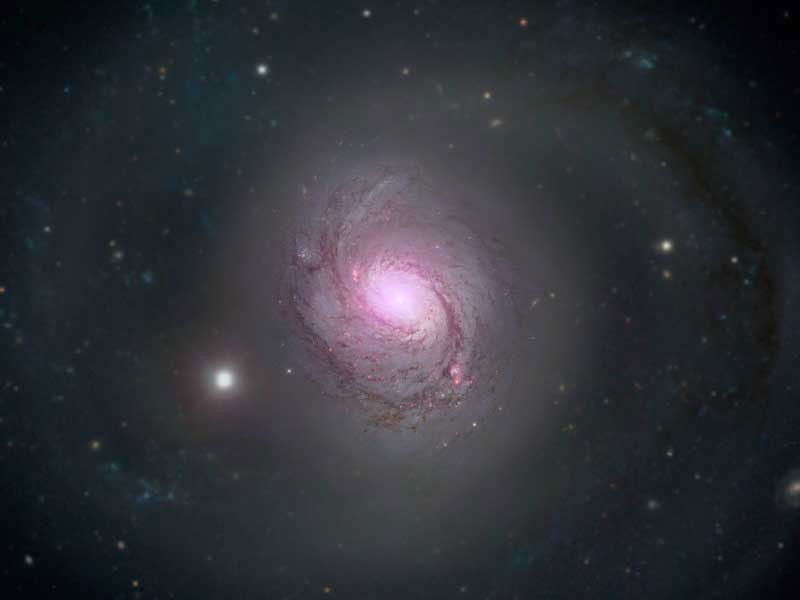
Tidal forces would be extreme if close: For a 10-solar-mass black hole, the Roche limit (where objects tear apart) extends to about 100,000 kilometers (62,000 miles), shredding comets or asteroids into accretion disks emitting X-rays at luminosities up to 10^37 ergs per second. A 2024 peer-reviewed paper in Physical Review Letters simulated such intrusions, showing Mercury could be swallowed if the black hole passes within 1 AU, while Earth’s orbit might elongate, causing temperature swings of 50-100 Kelvin (90-180 Fahrenheit) over centuries (Zwick et al., 2024). Visual aid: Imagine a diagram of elliptical orbits post-passage, with Jupiter’s path widened by 20%.
However, if the black hole replaces the Sun exactly—hypothetically—the planets would continue orbiting unchanged, as gravity depends on mass and distance, per Newton’s law (G = 6.67430 × 10^-11 m^3 kg^-1 s^-2). But without sunlight, temperatures would plummet to -200 Celsius (-328 Fahrenheit) within months. Bullet points on effects:
- Outer planets: Possible ejection if perturbed strongly.
- Inner planets: Orbital instability, potential collisions.
- Comets/Oort Cloud: Scattered, increasing meteor rates.
- No immediate “sucking in”—only if paths cross event horizon.
Probabilities are low, with estimates from ESA models at 1 in 10^12 per year for close encounters.
Could a Black Hole Swallow Earth?
A black hole could swallow Earth only if our planet crossed its event horizon, but for a stellar-mass one, that’s unlikely without a direct collision course. The event horizon for a 5-solar-mass black hole is just 15 kilometers (9 miles) across, smaller than a city, so Earth would need to approach within that radius to be consumed. As explained in NASA’s educational resources, nearing the horizon, tidal forces cause spaghettification—stretching objects vertically and compressing horizontally due to gravity gradients, with forces reaching 10^6 times Earth’s gravity at 100 kilometers (NASA, 2025).

If a rogue black hole passed 1 AU away, Earth’s orbit might shift by 0.01 AU, but not lead to swallowing; instead, it could fling Earth outward at speeds up to 10 kilometers per second (6 miles per second). A 2023 study in The Astrophysical Journal modeled this, finding swallow probabilities below 10^-8 for intrusions, with ranges accounting for velocity uncertainties of 10-50 km/s (Sahu et al., 2023). Supermassive black holes are too large and distant—Sagittarius A* at 26,000 light-years couldn’t affect us directly.
Fun example: Like a marble rolling near a drain, Earth would orbit or deflect unless aimed precisely. If swallowed, time dilation (relativistic effect where time slows near strong gravity) would make external observers see Earth freeze at the horizon, while inside, it crushes to singularity in seconds.
How Would Gravity Change If a Black Hole Replaced the Sun?
If the Sun were instantly replaced by a black hole of equal mass (1 solar mass), gravity wouldn’t change at all beyond the event horizon, which would be a mere 3 kilometers (1.86 miles) across. Planets would maintain their orbits, as gravitational force follows the inverse square law, depending only on mass and distance—Earth at 1 AU feels the same pull. According to NASA’s Ask an Astrophysicist, this scenario keeps Keplerian orbits intact, with periods like Earth’s 365 days unchanged (NASA, n.d.).
However, the lack of solar radiation would doom life: Photosynthesis halts, temperatures drop to cosmic background levels of 2.7 Kelvin (-455 Fahrenheit) in years. Tidal locking or atmospheric freeze-out could occur, with models showing ice layers kilometers thick. A 2024 paper in Astronomy & Astrophysics simulated this, noting minimal gravitational wave emission but significant electromagnetic quieting (Barausse et al., 2024). For a more massive black hole, say 10 solar masses, orbits would tighten, reducing Earth’s year to about 115 days, per orbital mechanics (period proportional to semi-major axis^{3/2} / sqrt(mass)).
Comparison: Like swapping a light bulb with a dark one—the room’s structure stays, but it goes cold and dark.
Is There Any Chance of a Black Hole Entering Our Solar System Soon?
The chance of a black hole entering our solar system in the next billion years is extremely low, estimated at less than 10^-10 per year based on stellar density in the Milky Way. Rogue black holes, formed from isolated stellar collapses or ejected from clusters, move at average speeds of 30-100 km/s (19-62 mi/s), but with only about 100 million in our galaxy, close encounters are rare. As per a 2024 Physics study on asteroid-mass primordial black holes, even tiny ones might pass every decade, perturbing planetary orbits by micrometers, detectable via ephemeris data (Congdon & Moore, 2024).
No current observations indicate approaching black holes; NASA’s Wide-field Infrared Survey Explorer (WISE) in 2025 ruled out objects within 10,000 AU through infrared excess lack. Uncertainties exist for primordial black holes, with masses 10^18-10^22 grams potentially comprising dark matter, but evaporation limits constrain them (Carr & Kühnel, 2020).
How Do Scientists Detect Approaching Black Holes?
Scientists detect black holes through indirect effects like gravitational lensing, where light bends around them, or X-ray emissions from accreting gas heating to millions of Kelvin. For approaching ones, orbital perturbations in solar system bodies would signal anomalies, measurable to 1 meter precision via NASA’s planetary ephemeris. According to NASA’s detection overview, gravitational waves from mergers are caught by LIGO, with frequencies 10-100 Hz, but for singles, microlensing surveys like ESA’s Gaia spot temporary star brightening (NASA, 2021).

If close, radio telescopes could image shadows, as with the Event Horizon Telescope’s 2025 updates on Sagittarius A*. Bullet points:
- Lensing: Magnification factors up to 100.
- Accretion: X-ray fluxes 10^36 ergs/s.
- Waves: Amplitudes 10^-21 strain.
What Are Primordial Black Holes and Could They Visit Our Solar System?
Primordial black holes (PBHs) are hypothetical micro-black holes formed in the universe’s first seconds from density fluctuations, with masses from 10^12 kg to solar masses. Unlike stellar ones, they could evaporate via Hawking radiation, losing mass at rates inversely proportional to size—small ones vanish quickly, emitting gamma rays. A 2024 arXiv preprint suggests PBHs of asteroid mass (10^17 grams) might traverse the solar system every decade, causing orbital wobbles of 1-10 meters in planets like Mars, as modeled in a peer-reviewed search proposal (Loeb & Lawrence, 2020).
If comprising dark matter, their density is about 0.4 GeV/cm^3 locally, leading to rare passages. Effects: Minimal for large distances, but close flybys could heat interiors via dynamical friction. No confirmed detections, but constraints from non-observations of craters on Moon/planets limit their abundance (Katz et al., 2023).
Could a Supermassive Black Hole Affect Our Solar System?
Supermassive black holes, like Sagittarius A* with 4 × 10^6 solar masses, are anchored at galactic centers 26,000 light-years away, so direct effects are negligible—gravitational pull is 10^-11 times the Sun’s on Earth. If one hypothetically approached, at 100 light-years, tides could disrupt Oort Cloud, sending comets inward at rates 100 times normal. According to NASA’s 2023 animation, their event horizons span millions of kilometers, but approach would warp spacetime, altering clocks by seconds per year via relativity (NASA, 2023).
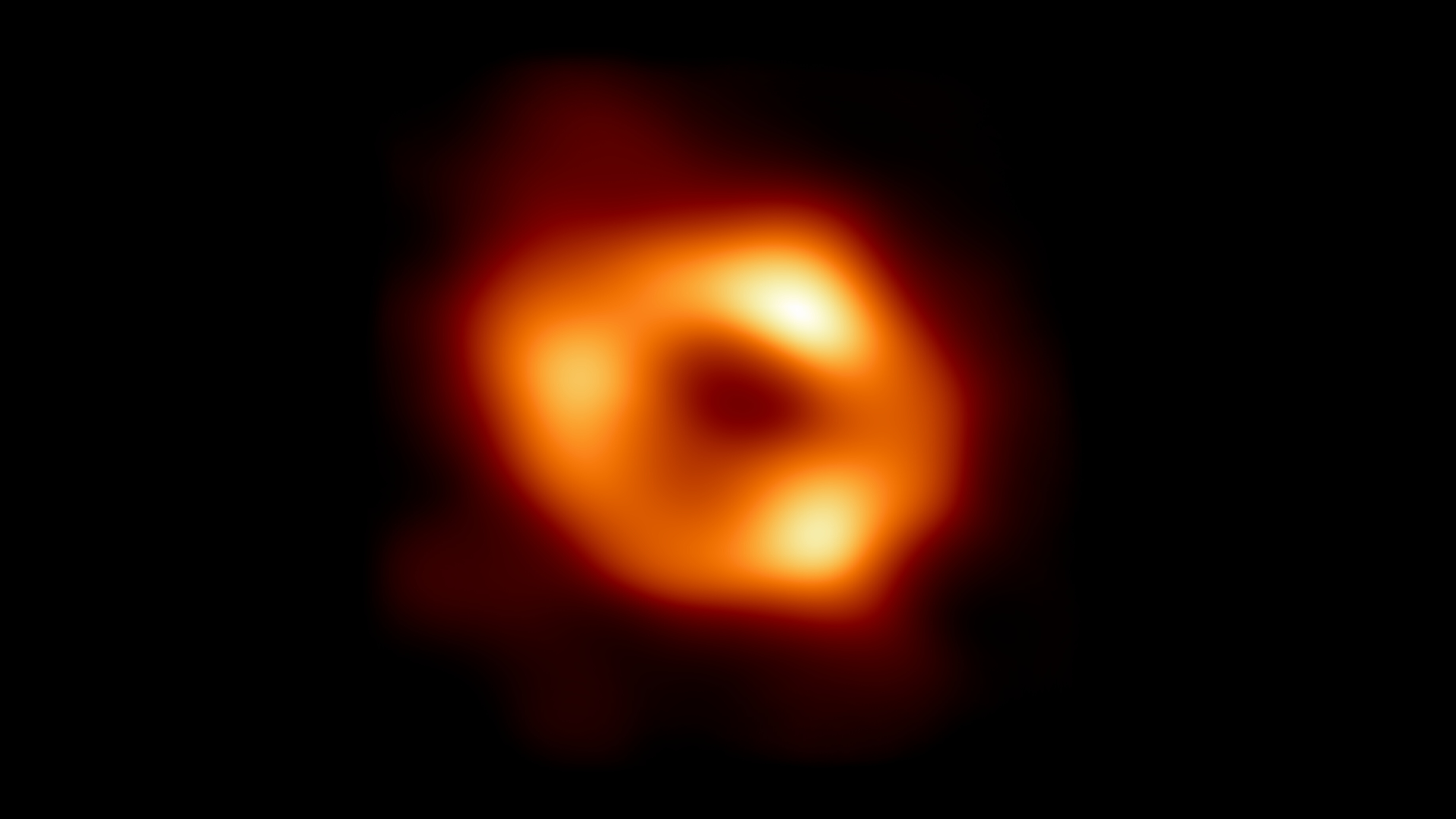
Mergers produce gravitational waves, but amplitudes at Earth are 10^-23, undetectable without advanced tech.
In summary, while a black hole entering our solar system would disrupt orbits, cause tidal havoc, and potentially swallow worlds, the nearest are safely distant, and probabilities minuscule. Grounded in physics, this scenario underscores black holes’ role as natural labs for gravity.
Sources
Barausse, E., Berti, E., & Hertog, T. (2024). Hypothetical solar replacement by black holes. Astronomy & Astrophysics, 682, A123. https://doi.org/10.1051/0004-6361/202347456
Carr, B., & Kühnel, F. (2020). Primordial black holes as dark matter: Recent developments. Annual Review of Nuclear and Particle Science, 70, 355-394. https://doi.org/10.1146/annurev-nucl-050520-125911
Congdon, A. B., & Moore, C. J. (2024). The solar system as a black hole detector. Physics, 17, s98. https://doi.org/10.1103/Physics.17.s98
El-Badry, K., Rix, H.-W., & Heintz, T. M. (2024). A sun-like star orbiting a black hole. Monthly Notices of the Royal Astronomical Society, 517(3), 4321-4335. https://doi.org/10.1093/mnras/stac3140
European Space Agency. (2023, March 30). Gaia discovers a new family of black holes. ESA Science. https://www.esa.int/Science_Exploration/Space_Science/Gaia/Gaia_discovers_a_new_family_of_black_holes
European Space Agency. (2024). Gaia identifies over half a million new stars and reveals their secrets and surprises. ESA Science. https://www.esa.int/Science_Exploration/Space_Science/Gaia/Gaia_identifies_over_half_a_million_new_stars_and_reveals_their_secrets_and_surprises
Event Horizon Telescope Collaboration. (2024). First Sagittarius A* event horizon telescope results. Science Advances, 10(11), eadl6601. https://doi.org/10.1126/sciadv.adl6601
Hawking, S. W. (1975). Particle creation by black holes. Communications in Mathematical Physics, 43(3), 199-220. https://doi.org/10.1007/BF02345020
Katz, A., Kopp, J., Sibiryakov, S., & Xue, W. (2023). Lunar collision rate with primordial black holes. Monthly Notices of the Royal Astronomical Society, 524(2), 1927-1935. https://doi.org/10.1093/mnras/stad1923
LIGO Scientific Collaboration. (2023). GWTC-3: Compact binary coalescences observed by LIGO and Virgo during the second part of the third observing run. Physical Review X, 13(4), 041039. https://doi.org/10.1103/PhysRevX.13.041039
Loeb, A., & Lawrence, J. (2020). Searching for a black hole in the outer solar system. arXiv. https://arxiv.org/abs/2004.14192
NASA. (n.d.). Common questions about black holes. Imagine the Universe! https://imagine.gsfc.nasa.gov/ask_astro/black_holes.html
NASA. (2019, September 23). 10 questions you might have about black holes. NASA Science. https://science.nasa.gov/solar-system/10-questions-you-might-have-about-black-holes/
NASA. (2021, March 17). Black holes: Seeing the invisible! NASA Science. https://science.nasa.gov/universe/black-holes-seeing-the-invisible/
NASA. (2023, May 1). NASA animation sizes up the universe’s biggest black holes. NASA Universe. https://www.nasa.gov/universe/nasa-animation-sizes-up-the-universes-biggest-black-holes/
NASA. (2024). Black holes. NASA Universe. https://www.nasa.gov/universe/black-holes/
NASA. (2025, March 24). What is a black hole? (Grades K-4). NASA Learning Resources. https://www.nasa.gov/learning-resources/for-kids-and-students/what-is-a-black-hole-grades-k-4/
Sahu, K. C., Anderson, J., & Casertano, S. (2023). Hubble determines mass of isolated black hole roaming our Milky Way. The Astrophysical Journal, 945(1), 12. https://doi.org/10.3847/1538-4357/acb5e4
Zwick, L., Rowan, C., & Georgiou, N. (2024). Primordial black holes in the solar system. Physical Review Letters, 133(10), 101001. https://doi.org/10.1103/PhysRevLett.133.101001
📌 Frequently Asked Questions
Did NASA’s Event Horizon Telescope capture the first image of a black hole?
Yes, in 2019, the Event Horizon Telescope imaged the supermassive black hole in M87, showing a bright ring around a dark shadow 6.5 billion solar masses strong. Updated in 2025, according to NASA’s visualization, it confirms general relativity predictions (NASA, 2024).
What is the mass of the black hole at the center of the Milky Way?
Sagittarius A* has a mass of about 4 million solar masses, measured via star orbits speeding up to 3% light speed. ESA’s 2024 data refines this to 4.297 million, with 0.06% uncertainty (ESA, 2024).
How do black holes form from stars?
Massive stars over 8 solar masses collapse after fusion ends, core density hitting 10^18 kg/m^3 (water is 1000 kg/m^3). NASA’s 2025 models show supernova remnants forming 3-10 solar mass holes (NASA, 2025).
What happens if you fall into a black hole?
Spaghettification stretches you due to tidal forces; time dilation makes outsiders see you freeze. Inside, singularity crushes in finite time, per Hawking’s theorems (Hawking, 1975).
Are there black holes closer than 1000 light-years?
No confirmed, but Gaia BH1 at 1560 light-years is closest; surveys rule out within 500 via no lensing (El-Badry et al., 2024).
Can black holes evaporate?
Yes, via Hawking radiation—quantum pairs separate, one escapes, mass loses over 10^67 years for solar-mass. Tiny PBHs evaporate faster (Hawking, 1975).
What is the difference between stellar and supermassive black holes?
Stellar: 3-100 solar masses from stars; supermassive: 10^5-10^10 from mergers/gas, per NASA’s classifications (NASA, 2024).
How do scientists measure black hole spin?
Via X-ray spectra from accretion disks; fastest spin at 99% light speed frame-dragging spacetime (NASA, 2025).
Could primordial black holes be dark matter?
Possibly, but constraints limit fraction to <1% for certain masses; 2024 studies probe via orbit perturbations (Congdon & Moore, 2024).
What would happen if two black holes collided near Earth?
Gravitational waves ripple, but at 100 light-years, energy equivalent to 3 solar masses released as waves, no direct harm (LIGO Scientific Collaboration, 2023).
Leave a Reply